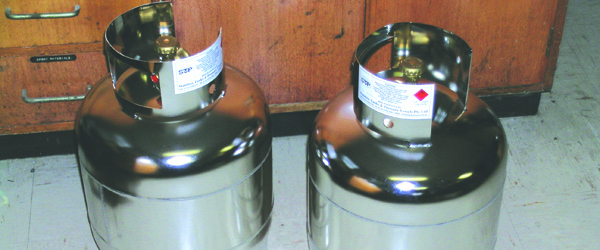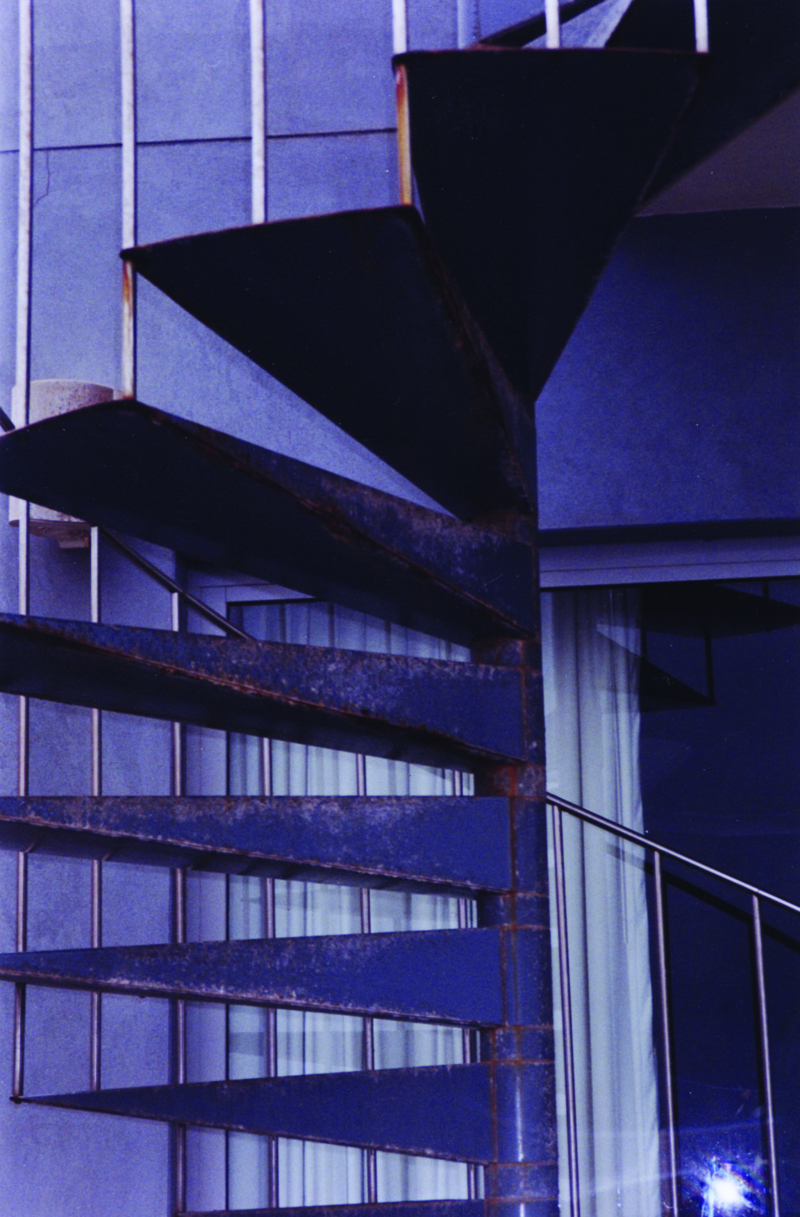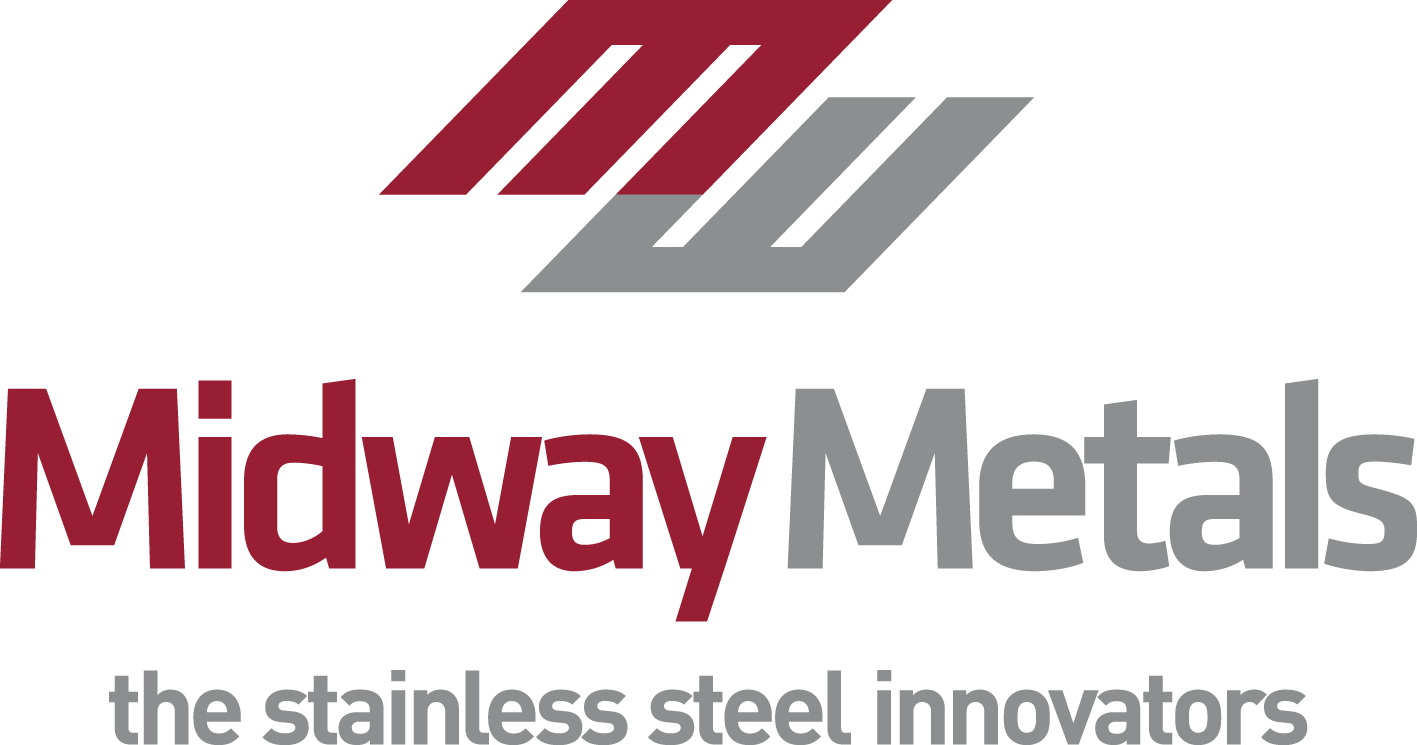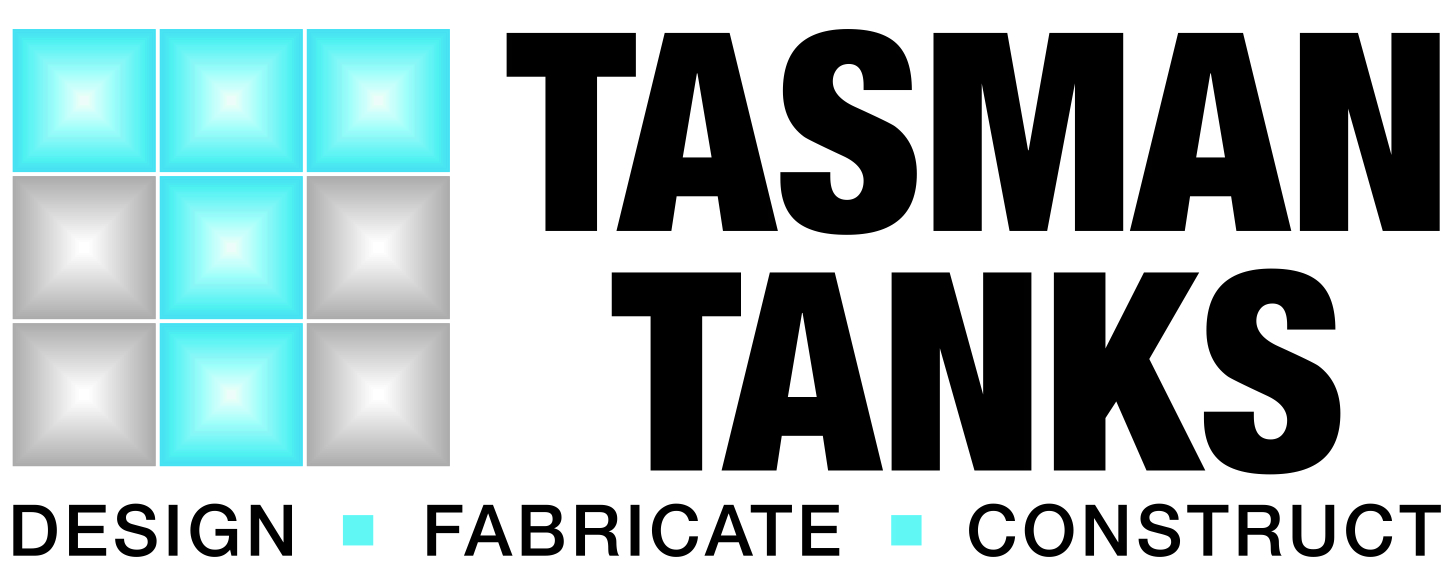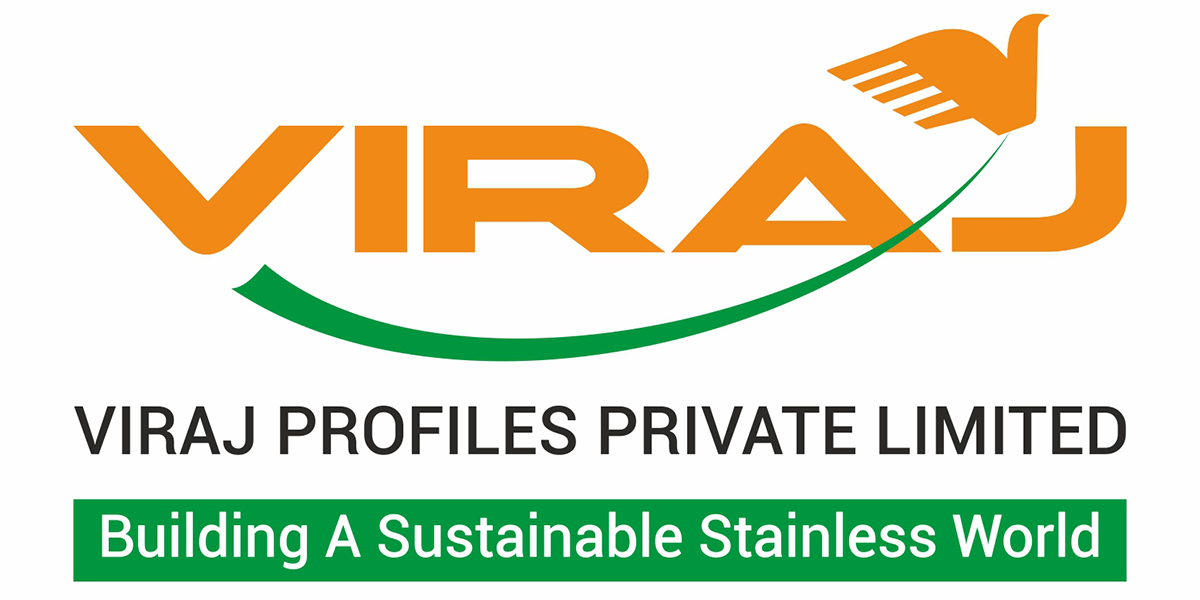A revolution is about to take place in the tiling industry with the introduction of stainless steel decorative tiles with a versatile design that will add style to any kitchen, bathroom, restaurant, bar and even as a feature wall.
There are many benefits to using stainless steel tiles. The tiles cannot burn or crack, graffiti can be easily removed, will not rust and is a stylish upgrade to the standard one piece splashbacks.
Available from Futura Tiles (Border Sheetmetal), the tiles are available in a wide variety of sizes, patterns, finishes and grades. Size ranges include: 65 x 290mm freeze,


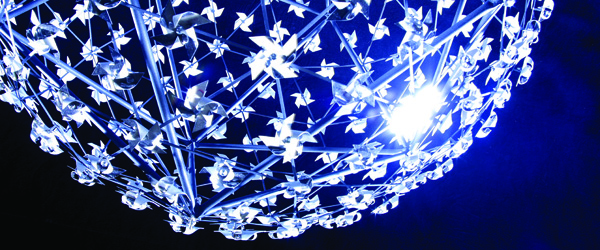

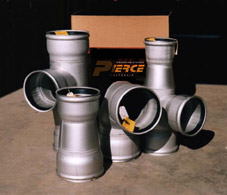 However, Geoff Mellows from Yarrawonga Irrigation in Victoria may have solved the puzzle by using stainless steel mainline fittings - something that plastic fittings cannot yet match.
However, Geoff Mellows from Yarrawonga Irrigation in Victoria may have solved the puzzle by using stainless steel mainline fittings - something that plastic fittings cannot yet match.


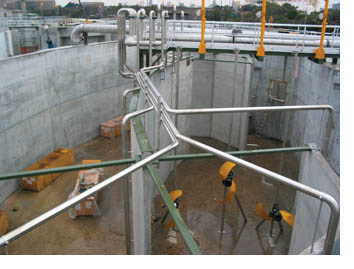 The $197 million Illawarra Wastewater Strategy will see an overhaul of the 40-year-old Wollongong sewage treatment plant (STP) including the construction of a major new water recycling plant, high level (tertiary) treatment processes and ultraviolet disinfection systems.
The $197 million Illawarra Wastewater Strategy will see an overhaul of the 40-year-old Wollongong sewage treatment plant (STP) including the construction of a major new water recycling plant, high level (tertiary) treatment processes and ultraviolet disinfection systems.

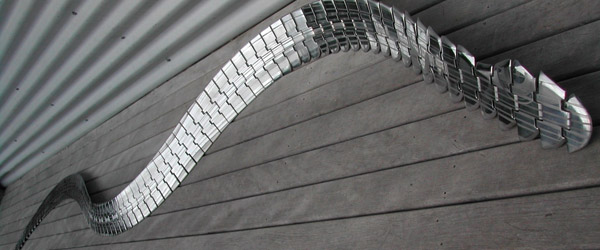

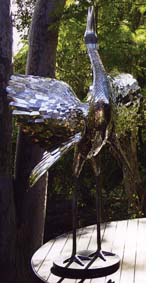




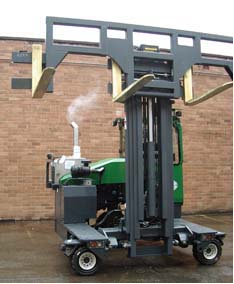 Flameproofing of material handling equipment is the science of reducing the risk of an explosion or fire by means of specialised principles and technologies.
Flameproofing of material handling equipment is the science of reducing the risk of an explosion or fire by means of specialised principles and technologies.
